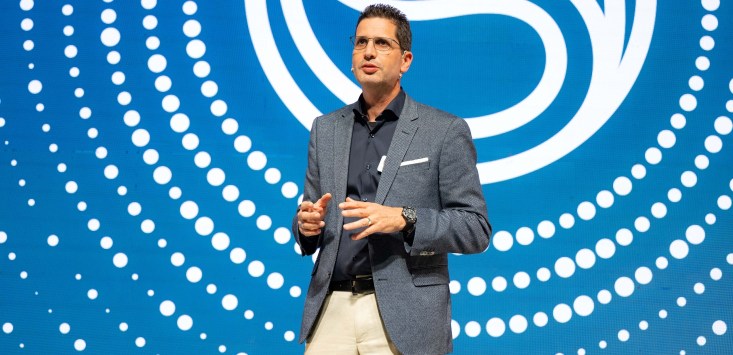
Eyal Shohat, CEO of SodaStream. Source: Supplied
Iconic DIY sparkling water brand SodaStream is celebrating its 120th birthday. While the basic premise of the product it sells has remained constant, the brand has undoubtedly transformed over the last century.
Eyal Shohat commenced with SodaStream in 2010 during a period of rapid growth for the company and is now CEO. In a recent conversation with SmartCompany, he spoke about SodaStream’s evolution, including how it dodged bankruptcy, found opportunity in the pandemic, and the company’s sustainability vision.
The evolution of a DIY bubbles brand
In 1903 when SodaStream launched in the United Kingdom, the brand’s creator George Gilbey ran a well-known gin distillery. His new offering of “aerated liquid” was quickly adopted by wealthy British households. Within two decades, SodaStream added a range of flavoured cordials to its offering, creating the original DIY soft drink. But over the following 50 years, the brand slowly plateaued.
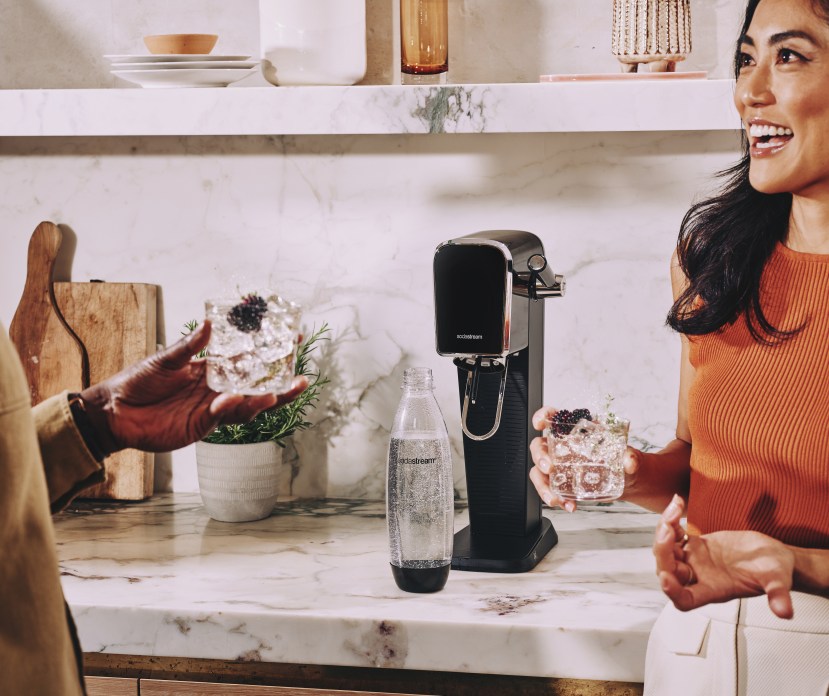
Source: Supplied
In the late 1970s, SodaStream succeeded in revising its sales and was eventually purchased by Cadbury Schweppes in 1985. This change of ownership saw the company move its headquarters to Israel, where it later merged with Soda-Club and switched its focus to healthy soft drinks. But, it wasn’t all smooth sailing from then.
Get daily business news.
The latest stories, funding information, and expert advice. Free to sign up.
“There have been lots of challenges in the 120 years, but I can only really speak for its modern history in the past 15 or so years,” Shohat says. “In 2006, SodaStream was on the verge of bankruptcy and disappearing, but it has been an amazing global success story since then.”
This story of resurgence began when SodaStream was again sold to another company in 2007 – this time, an Israeli private equity firm called Fortissimo Capital.
“SodaStream has always been a very good company, but it had lacked marketing innovation and stagnated,” Shohat says. “So when my predecessor (Daniel Birnbaum, SodaStream’s CEO from 2007) came on, he began a big innovation phase and generated new demand by taking the most basic machine and applying new colours to it. The coloured machines started to generate demand and sales.”
During this period, SodaStream launched into bigger markets like North America and Western Europe to ultimately become one of the world’s leading sparkling water brands – an enormous pivot from the near bankruptcy it previously faced.
In 2018, with healthy profit margins and a solid global consumer market, SodaStream was once again sold. This time to PepsiCola – for US$3.2 billion. The drinks giant still owns the brand today and runs production from Israel.
SodaStream is currently available in more than 45 countries, including Australia.
The opportunity of a pandemic
In the early days of COVID-19, before cases landed in SodaStream’s Israeli headquarters, the SodaStream team in China began reporting news of a mystery virus to HQ.
“I already had a task force in place in China, talking to me every day about the emerging situation,” Shohat says. “But it was a challenging and uncertain time. COVID-19 obviously went all around the world and hit some of our main markets, which impacted our supply chain and our demand in some cases.”
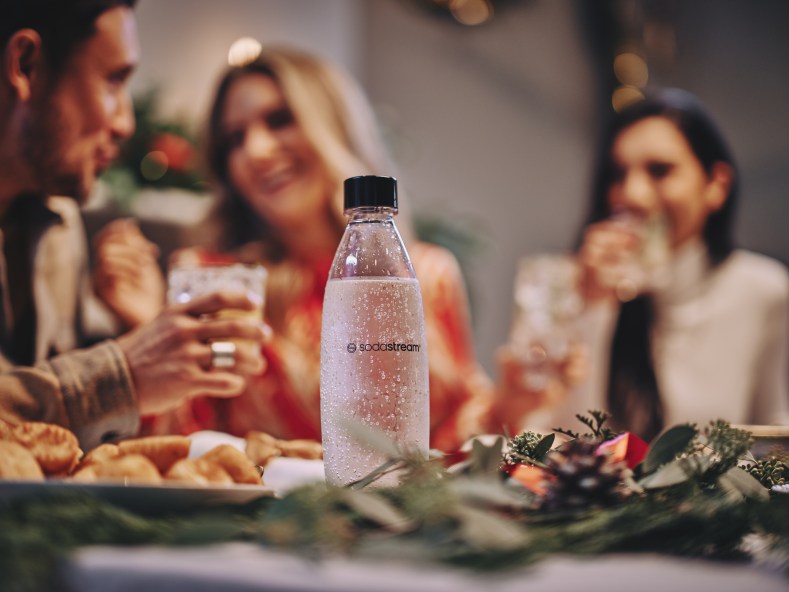
Source: Supplied
But as the pandemic continued, SodaStream became a more enticing option for a broader market of people stuck at home who wanted to avoid regular shopping trips and prioritise their health.
“I think that health and wellness became a very strong megatrend during Covid,” Shohat explains. “Using your home as a hub became a very strong global concern, as well as consumers choosing premiumisation – they wanted to buy better quality products.
“During Covid, we repositioned SodaStream as not just a sparkling water maker but a whole ecosystem providing consumers with the perfect experience for making drinks at home. It was a whole new strategy that went very well, despite Covid being one of the big challenges in the past few years.”
These days, executives at SodaStream pride the company on its commitment to innovation. The product line in Australia includes five different types of machines, with options for bottles that include glass, recycled plastic and dishwasher-safe bottles. In Shohat’s words, “It’s quite a different company from 2006”.
“One of our core values is expertise,” Shohat explains. “That means we are the experts, the creators of this category, and we dominate it from an innovation perspective. What we do sets the tone for this category to some extent”.
Sustainability and SodaStream
Sustainability is an undeniable part of SodaStream’s customer appeal. The company has been vocal about the detriments of single-use plastic waste since 2015.
“We’ve engaged influencers, partnered with NGOs and sustainability warriors, and we’ve changed the materials we use in our production, product and packaging, supply chain and in-store point of sale,” Shohat says.
“Our teams worldwide have gone out to beaches, parks and playgrounds to collect waste from the environment. And in 2022 alone, we successfully eliminated approximately five billion single-use plastic bottles simply by encouraging SodaStream users worldwide to make their sparkling drinks at home with our system”.
To take the brand’s focus beyond just reducing plastic waste, SodaStream has now committed to using 100% renewable energy by the beginning of 2024 as part of a 15-year contract with a private energy provider in Israel. The deal will ensure SodaStream’s global production sites in Israel use only renewable energy, and will help the brand achieve a net-zero emissions target by 2040. This target aligns with PepsiCola’s net zero emission goal for 2040, but Shohat is quick to explain that that’s not why SodaStream is shifting to renewables.
“SodaStream is such a sustainable brand,” he says. “If you want to do good for the planet, use SodaStream and you save the world from thousands of single-use plastic bottles and plastic waste. But SodaStream isn’t just about reducing waste, it’s about reducing your carbon footprint. By preparing sparkling water drinks at home from tap water, you’re not sending plastic bottles of water around the world. Water that might have been taken from Ireland and sent all the way to Australia, and it has sat in plastic for six months before you drink it. There is excellent tap water here in Australia. Why wouldn’t you use it?”
And it’s this focus on sustainability that Shohat believes will mean SodaStream remains relevant well into the next decade and beyond.
“SodaStream is such a relevant brand because it sits exactly in the junction of the biggest mega global consumer trends: sustainability and health and wellness,” he says.
“I see a great, bright future ahead”.
Handpicked for you

List: The Aussie lifestyle brands acquired for hundreds of millions of dollars in 2023
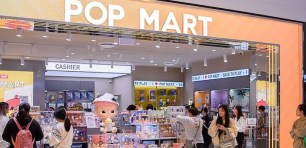
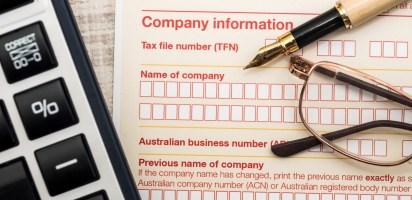


COMMENTS